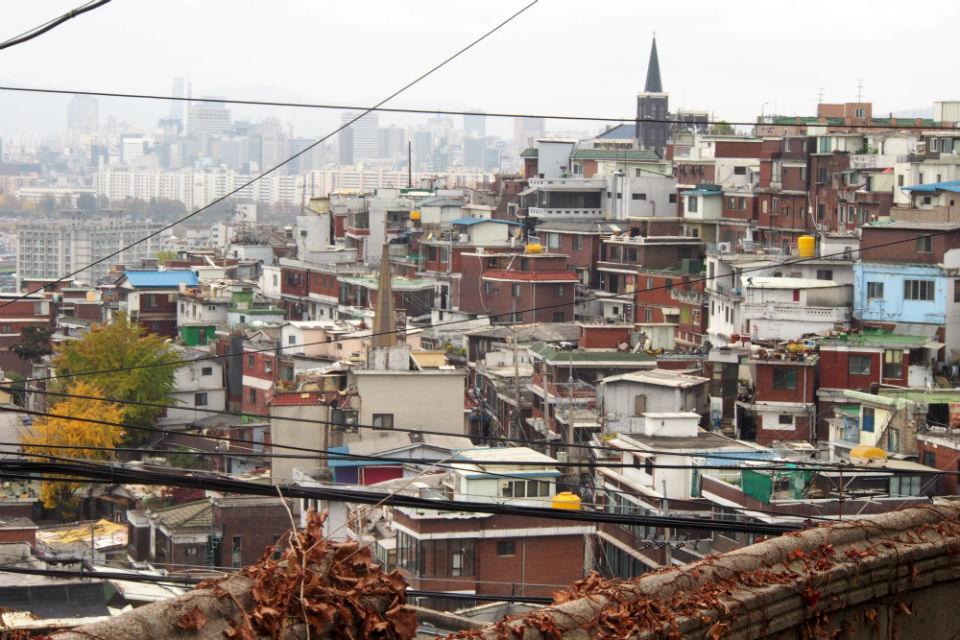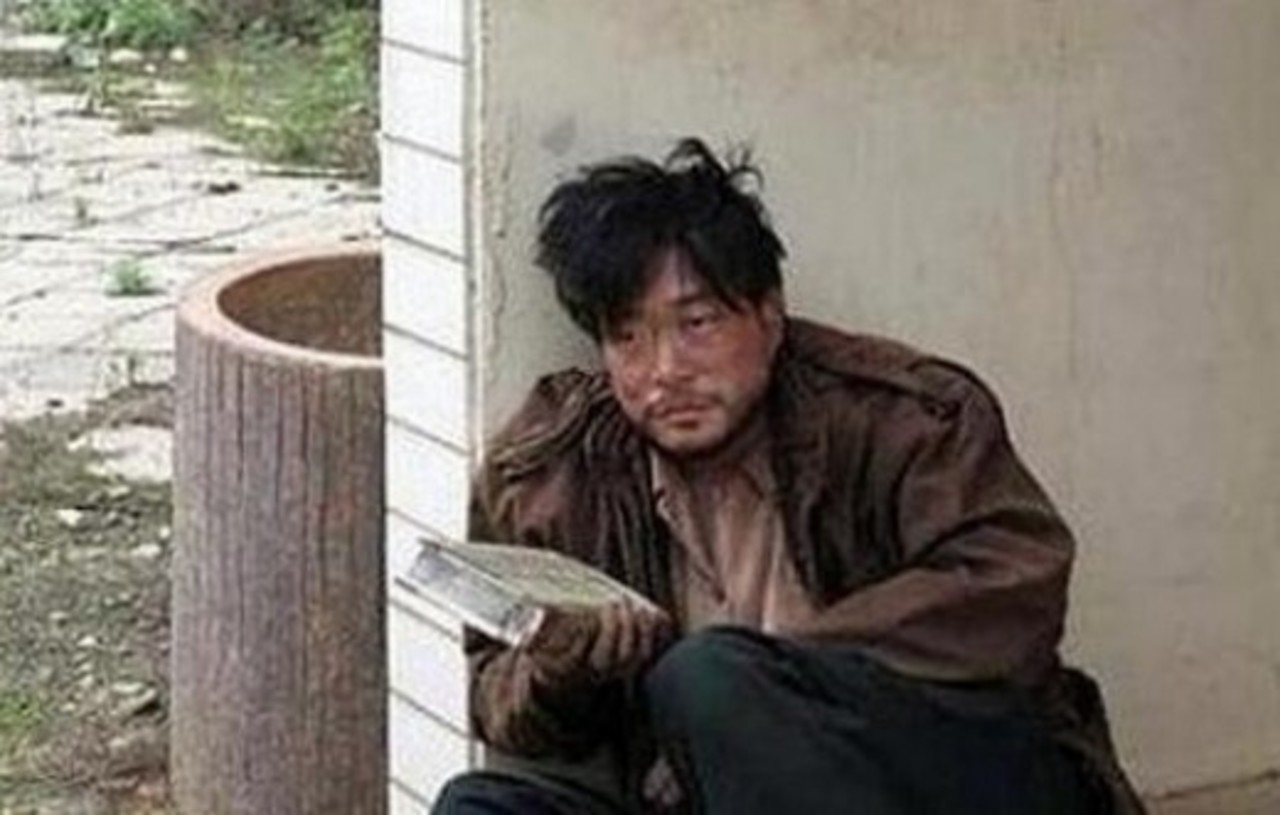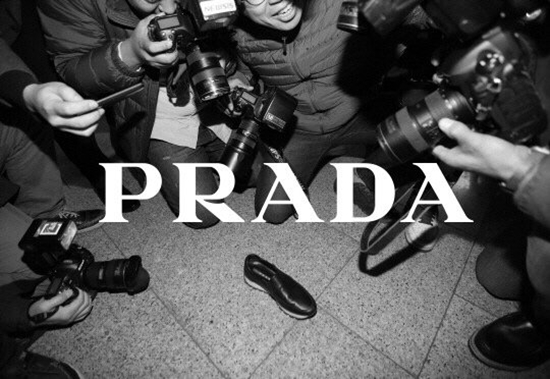
A Complex Issue: The Apart-ization of South Korea
Itaewon has a reputation as Seoul’s ‘foreign’ area. Standing next to U.S. Army Garrison Yongsan, it has long catered to the off-base needs and urges of military personnel, gaining a sleazy reputation in the process. Many South Koreans were afraid to set foot there until a few years ago. Nowadays, it’s home to foreigners from everywhere but Antarctica and draws huge crowds of young South Koreans thanks to its international restaurants and nightlife.
And now, a large chunk of it has been earmarked for redevelopment. The proposed Hannam New Town District 3 will see the razing of today’s Bogwang-dong, a dense neighborhood in Itaewon of predominantly low-rise red brick buildings and narrow streets. Stretching from Seoul Central Mosque to the Han River, it has traditionally been a low-income area where sleepy corner shops, butchers and perma-makeshift market stalls run by South Koreans rub shoulders with Arab and Turkish restaurants and grocers, and hipster boutiques.
The looming demolition has brought an old question back to the fore: What is the city losing and gaining by continuously rebuilding itself?
Redevelopment — often synonymous with building glitzier apartment complexes — is the object of vocal hatred from some South Koreans and foreigners, not just because of the often contentious process between tenants and landowners.
Words like “identikit,” “matchbox” and “soulless” are used ad nauseam by critics of Seoul’s urban landscape. Yet new apartments remain as popular as ever, with prices steadily rising and thousands of new apartments sold each week.
Are critics unduly romanticizing the old neighborhoods? Haven’t apartment complexes become South Korea’s vernacular architecture today, and shouldn’t they be celebrated as such? Or is the ‘apart-ization’ in South Korea costing the country its ‘authentic Koreanness’?
It’s almost inevitable that foreign visitors or short-term residents dislike apartment complexes, especially when most don’t live in one and relate to them only as outside observers. Visiting or living in a foreign country usually entails an obsession with ‘authenticity.’ But concepts of authenticity can be stubborn and misguided, clinging on to preconceived notions.
In The Image, historian Daniel J. Boorstin wrote, “The tourist seldom likes the authentic product of a foreign culture.… The American tourist in Japan looks less for what is Japanese than for what is ‘Japanesey.’”
It could be said that South Korea’s increasingly dominant apartment complexes are unquestionably Korean, and the authentic product of contemporary Korean culture, but not, in the eyes of many, sufficiently ‘Koreany.’ They appear completely divorced from vernacular styles: Made from universally available concrete, aluminium and glass, they reflect nothing in the way of local climate or customs. They are like brutalism minus the charisma.

By contrast, in Bukchon and Seochon, two Seoul neighborhoods famous for their large numbers of surviving traditional hanok buildings, a roaring trade in the Koreany takes place. It’s easy to see Korean and foreign tourists walking around in rented, brightly colored hanbok costumes, taking selfies and browsing in the cute cafés and gift shops that have replaced the practical hardware stores, stationers and clothes repairers that served locals before touristification.
Like many tourist hotspots, these neighborhoods have become caricatures of the ‘authentic’ neighborhoods tourists like to imagine them as.
The phenomenon is not confined to Seoul: The western city of Jeonju is also home to a ‘Hanok Village’ that draws tourists into a neighborhood of surviving hanok, selling trinkets and freak fast-food improvizations like flame-grilled cheese ice-cream and grapefruit syrup draft beer. Many of the hanok have actually been recently restored and modified, but retain enough of their form — particularly their trademark tiled roofs and exposed wooden structures — to conform to the traditional image.

But although hanok are often placed at the opposite end of the authenticity spectrum from apartment complexes by seekers of Koreany-ness, hanok are not practicable as a housing solution on a national scale. Only about 1,500 new hanok are built in South Korea each year, according to the National Hanok Center, while an average of 270,000 new apartments came onto the market each year from 2000 to 2014. The number of apartments in South Korea passed the 10 million mark last year, while the number of hanok languishes at about 70,000 nationwide (according to a 2014 estimate).
In between the perceived authenticity of hanok and the maligned sterility of new apartment complexes are the neighborhoods like Itaewon, that date from the mid-late 20th century, a time of heady economic growth when Seoul’s population exploded. Rapid industrialization led to rapid urbanization and a proliferation of hastily thrown-up neighborhoods. The state scrambled to keep up with basic infrastructural needs such as roads, electricity and sanitation. Focusing most of its resources on developing industrial infrastructure and exports, it had few resources to create desirable public spaces, like parks and even a pleasant amount of distance between houses, to complement residential neighborhoods.
Large apartment complexes offered a way out of this ‘developing country’s dilemma,’ where an expanding middle class demanded a better living environment than the state was able to supply.
“[Apartments] allow the creation of quite agreeable ‘neighborhoods and homes’ without large investment in the urban environment,” writes academic Park In-seok in Korean Apartment Society: Cities and Daily Life Stuck in a Republic of Complexes. “What’s more, consumers pay for all the facilities. All the government has to pay for is the road leading to the complex entrance.”
Unappealing as they might appear to outsiders concerned with urban vistas and atmosphere, apartment complexes have offered citizens — those who could afford it, at least — the chance to buy into a shared but private space with a comparably better environment than the city outside — no more smelly sewers, guaranteed parking, an escape from the noise and hassle of street-level life, and relatively more open space between apartment blocks.
Apartments weren’t just for the privileged and wealthy. They catered to the middle class, while also helping to grow it.
French scholar Valérie Gelézeau, whose book on Korean apartment culture was published in Korean as Apateu Gonghwaguk (‘Apartment Republic’) in 2008, has described apartment complexes as “middle-class production factories” in the years of rapid development from 1970 to 1990. According to Gelézeau, a legally mandated apartment price-ceiling system proved an effective way of increasing home ownership, delineating a growing middle class in both financial and symbolic terms — as apartment complex residents, who had ‘arrived.’
Seoul’s population has been in slow but steady decline since 2010. Yet its housing supply ratio (the ratio of homes to households) stood at just 96 percent in 2015, suggesting that there is still a need for more housing. But how will it be supplied?
In August 2013, Seoul mayor Park Won-soon announced the beginning of a new “paradigm” in urban management with the “Seoul Architecture Declaration.”
“As a result of our obsession with quantitative supply, uniform apartment blocks have standardized our lives, damaging our unique urban scenery,” the declaration reads. In 2014, Park appointed the capital’s first “city architect,” who pledged to “find Seoul’s identity through regeneration, not redevelopment.”
It appears that Itaewon’s Hannam New Town District 3 has been influenced by this new emphasis on public space. It is not set to be another case of uniform ‘apart-ization.’
According to Kim Yoo-sik, a team leader in Seoul Metropolitan Government’s Public Housing Division, the city would not simply see another set of identikit apartment towers in Itaewon’s District 3.
“[The district] is divided into blocks, each of which will feature different types of architecture. There will be parks and recreational areas, and no complex walls — the area is designed to allow free circulation.”
Whatever the merits of the new development, is anyone weighing it against the value of the existing neighborhood? Like many other Seoul neighborhoods, most of Bogwang-dong, the area at the heart of Hannam New Town District 3, materialized in the years after the Korean War as migrants flooded from the countryside to Seoul.
By the 1970s, it was saturated with poorly-built shanty dwellings, many thatched with rice straw. From the late 1970s and into the 80s, these were gradually replaced by the two and three-story red brick structures that dominate the area today. This gradual redevelopment left a dense urban fabric, with many streets too narrow and steep for vehicular traffic. There is little in the way of public recreational or green space.
“It’s in a bad state,” says Andy Shin, CEO of local realtor Melon. His office wall is dominated by a large map of the area, with District 3 highlighted at the center. “Preservation in other countries, where the layers of history have built up slowly, is different. South Korea had a rapid period of compressed growth. 30 or 40 years ago we were poorer than the Philippines. People made do with simple clothes, food and shelter. But Korea is wealthy now, and people’s expectations are accordingly high. They can’t live in houses like that. So they’re knocking them down and building them again.”

But are such neighborhoods really beyond redemption?
“Neighborhoods earmarked for redevelopment are low-rise, high density places,” said Shin Hyun-bang, an associate professor of Geography and Urban Studies at London School of Economics and editor of the recently published book, Anti-Gentrification: What Is to Be Done?
“If urban services and infrastructure are improved, and housing modernized and well-maintained, they can have more advantages and function as stable, working-class living spaces. Large-scale demolition and redevelopment have the negative effect of eliminating the social networks and achievements of local residential movements formed in the existing residential area.”
On a Saturday in early November, the center of Bogwang-dong was quiet. Some buildings appeared abandoned; others had paper signs on doors, advertising rents at low rates. A banner between lampposts urged local tenants to contact the redevelopment association as part of a survey necessary for yet another stage of the planning process.

Residents appeared divided on the future of their neighborhood: Two elderly women, who did not give their names, expressed support for redevelopment. Only wealthier landowners with “big houses” opposed it, they said.
The manager of a small supermarket near Hankwang Church, who also chose to remain anonymous, sounded resigned, saying it was “too late” to talk of opposition or support. “People like us just move out,” she said. “It’s all part of capitalism. The population here will completely change. Even if they gave us a home [in the new development] we wouldn’t be able to afford the cost of living there.”
Whether this neighborhood will see a showdown between under-compensated tenants and the redevelopment cooperative remains to be seen. Ominously, major daily newspaper Hankyoreh reported in late 2013 that the association had already signed a contract with a demolition company that included “resolving group complaints from tenants,” considered a euphemism for the kind of hired thuggery that has reared its head in the past.
But to return to an earlier question: Will the country’s much-maligned new developments ever be accepted by South Koreans and outsiders as authentic symbols of ‘Koreany-ness?’
“Of course, some apartment complexes may be of preservation value as an architectural style representative of a particular age,” said Shin. “And you could question whether it’s really desirable to rebuild some complexes from the late 1970s and early 80s, now that the trees planted in them have grown for several decades and become established as ‘urban forests.’”
“It’s true that apartment complexes do symbolize Korea’s housing culture in the late-20th and early-21st century, but it’s probably more accurate to think of them as symbols of developmentalist urbanization, speculation and greed for accumulating material wealth.”
In any case, with the average lifespan of Korean housing clocking in at little more than 20 years, there may not be much need to worry about the permanent impact of Hannam New Town District 3. After all, it, too, may be gone in a few decades.
Cover image: Itaewon’s Bogwang-dong viewed from Seoul Central Mosque. (Ben Jackson/Korea Exposé)
*
Read more about redevelopment in South Korea:

